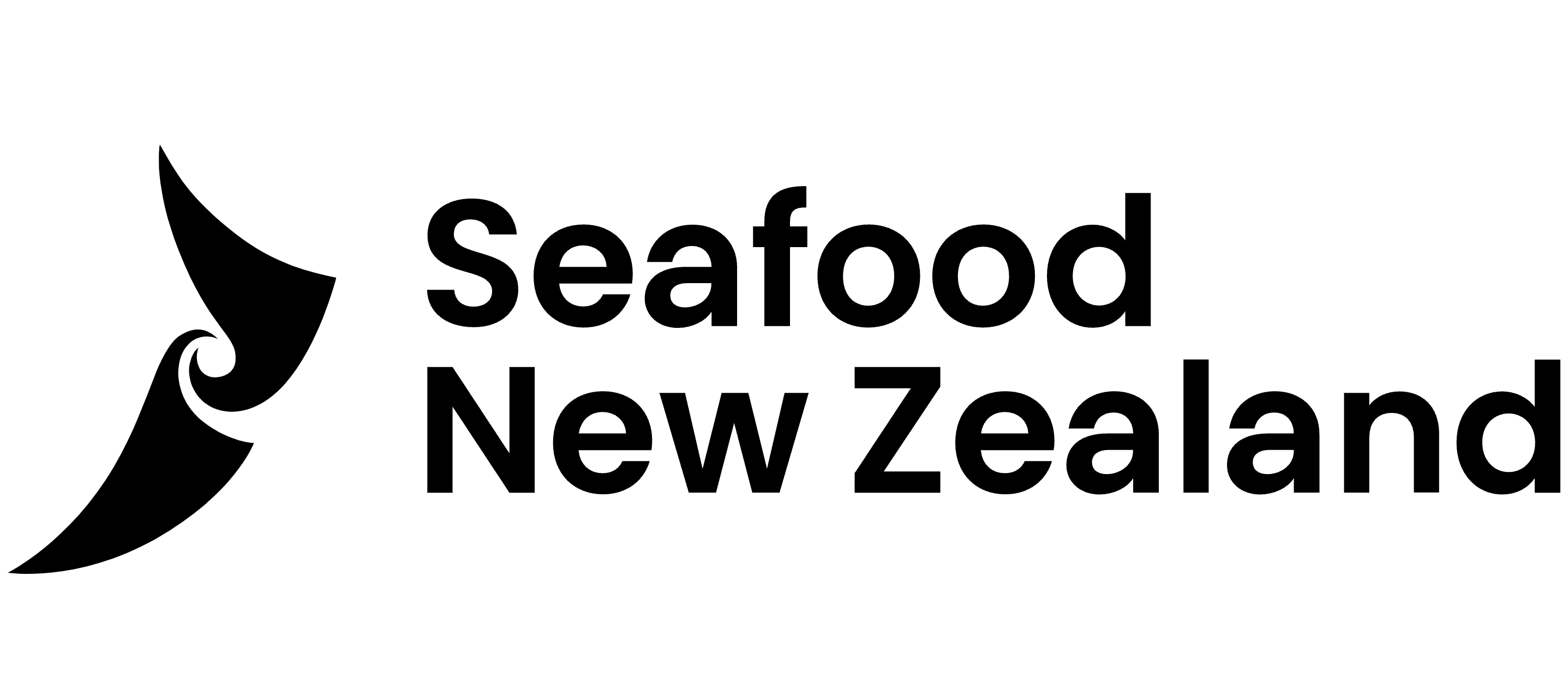January 30, 2017
Albatross survey
complete
Scientists have returned from the Auckland
Islands where they undertook the annual census of the
white-capped albatross.
The usual annual survey of New Zealand sea lion pups took place at the same time.
This year’s white-capped albatross census is a collaboration initiated by Deepwater group and between the Ministry for Primary Industries, Seafood New Zealand and the Department of Conservation.
Deepwater Group scientist, Richard Wells, says the data will now be assessed in the relative calm of the laboratory but they are hopeful of good results. A report will be publicly released when that assessment is done.
“DOC will report on the census data in the next few months but our expectation is that the figure will fall within the bounds of past years,” said Wells.
“White-capped albatross are renowned for quite large changes in birds actually breeding in any one year and it is birds actually sitting on an egg that are counted to give an index of the population.
“There are hints that this year is one where more birds took a break from laying but were still present at the breeding sites. This is called loafing by the scientists and the birds are labelled ‘floaters’ as the wander around the colony or stand on empty nests. Those on an egg sit very snugly and firmly on them so can be recognised as breeders,” said Wells.
The birds are endemic to New Zealand, breeding mostly on the sub-Antarctic Auckland Islands in the Southern Ocean, 465 kilometres south of Bluff.
“It was a challenging mission for the team, weather-wise, but a window in the westerlies arrived, the photographic data collected and all of the team were flew home safely.”
An estimated 95 percent of the worldwide population of white-capped albatross breed on the Auckland Islands each year, and hundreds of thousands of birds make their way there on an epic journey from both around NZ and South Africa.
“The survey gives us valuable data on breeding patterns and adult populations,” Wells said.
This is the ninth time the annual survey has been carried out.
The sea lion survey has been carried out since 1996 and in 2016 it was estimated there were 1727 pups on the island, a 15 percent increase on the lowest estimate from 2009.
The New Zealand sea lion study is funded by the DOC Conservation Services programme.
ends



 Bill Bennett: Download Weekly - Review Of 2024
Bill Bennett: Download Weekly - Review Of 2024 Bill Bennett: One NZ scores worldwide first as Starlink direct-to-mobile launches
Bill Bennett: One NZ scores worldwide first as Starlink direct-to-mobile launches Hugh Grant: How To Reduce Network Bottlenecks
Hugh Grant: How To Reduce Network Bottlenecks Dominion Road Business Association: Auckland Transport's 'Bus To The Mall' Campaign: A Misuse Of Public Funds And A Blow To Local Businesses
Dominion Road Business Association: Auckland Transport's 'Bus To The Mall' Campaign: A Misuse Of Public Funds And A Blow To Local Businesses Parrot Analytics: A Very Parrot Analytics Christmas, 2024 Edition
Parrot Analytics: A Very Parrot Analytics Christmas, 2024 Edition Financial Markets Authority: Individual Pleads Guilty To Insider Trading Charges
Financial Markets Authority: Individual Pleads Guilty To Insider Trading Charges



